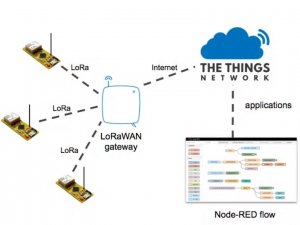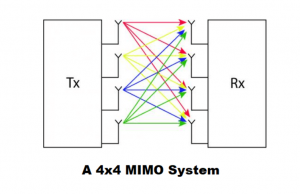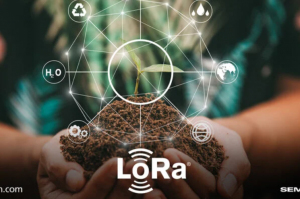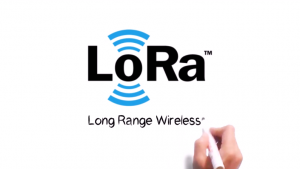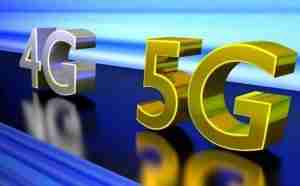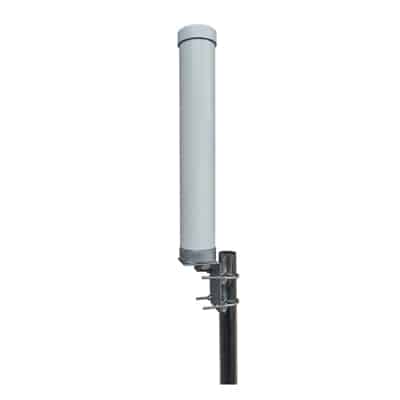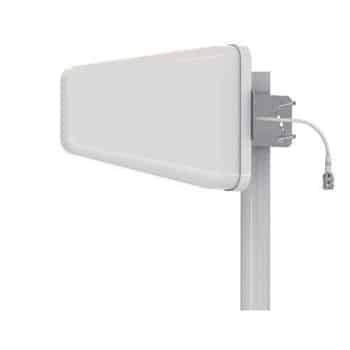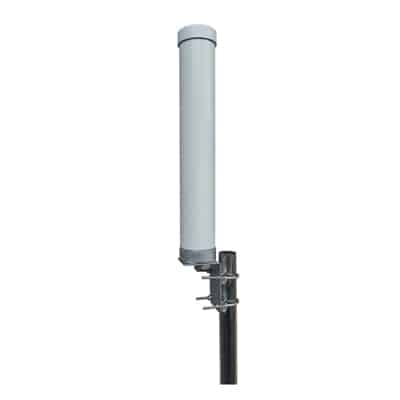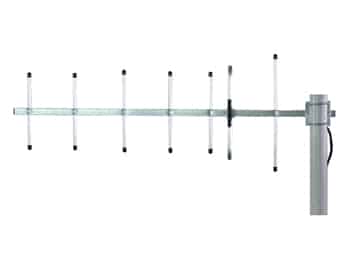
Difference Between Router and Modem
Modem is small device that mostly used in the home network. A modem is a device that connects the office or home network to the internet. Router is also a small device but it connects multiple devices or computers to the internet at the same time wired or wirelessly. Nowadays both devices are provided by the internet service provider. Modems or routers are essential devices for the internet connection. The home or office network is directly connected to the internet by using the modem or router. Although most people are puzzled when they are trying to find the modem or router, both devices play distinct roles in the network, In this article learn about the differences between modems and routers, but first learn about what a modem and a router are, how they work, their features and what makes them different. What is Modem A Modem is a device that maintains

